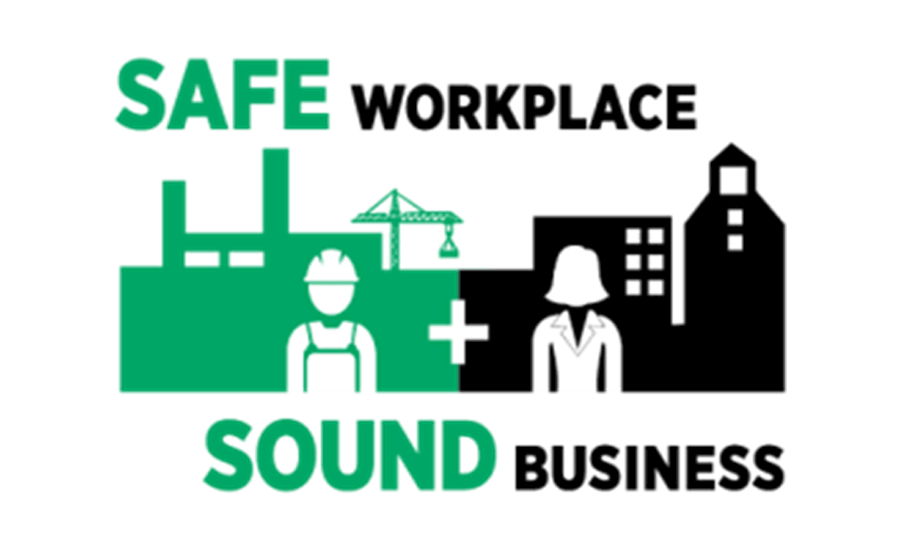There are three major phases in an organization’s safety journey:
- Eliminating intrinsically unsafe conditions- Focusing on physical conditions, tools, and equipment, and looking for opportunities to engineer unsafe conditions out of existence.
- Developing safe work procedures and safety management systems- The procedures and systems companies and industries use to reduce the potential for harm when dealing with hazards that can’t be completely eliminated.
- Error reduction and human performance- Creating an environment in which the likelihood of errors is reduced, and reducing the potential for harm when inevitable human errors occur.
Where safety performance stalls
Many companies achieve success in Phases 1 and 2 of the safety journey. Phase 3 is where safety performance typically stalls. Error reduction and human performance involves reducing the frequency and impact of normal lapses in mental focus and memory.
Understanding how our minds work helps people grasp Phase 3 concepts. For example, conscious processing in our brain requires more energy than subconscious or unconscious processing. The more conscious processing we do, the more calories our brains require. Our brains are hard-wired to move functions that don’t need conscious processing to the subconscious or unconscious levels. Studies indicate that the average person can maintain four to seven discrete thoughts at a single point in time, but even that requires a concentrated effort. When a person is forced to consider a new thought, one of the previous thoughts is “squeezed out” of the conscious mind. If there is no reason to be concentrating on something, our brains are conditioned, through millions of years of evolution, to stop thinking about it and move to a less calorie-consuming state of mind.
Complacency
This leads us to consider complacency; where our minds determine that we don’t need to be overly “focused” on something, it’s safe to think about something else, so the mind wanders.
Few companies address complacency effectively, even though it happens to all of us. Common responses to incidents involving complacency include: blame the individual, warnings in safety meetings, reminding people to keep “mind on task” or sending people to re-training. However, complacency will still happen – it’s in our DNA. Re-training does not address complacency when it’s not a knowledge gap that needs to be addressed.
There are actions management can and should take so that complacency does not create a safety hazard:
- Engineering out the complacency trap; i.e. ensuring a stairwell has consistent stair heights.
- Developing alarms which “alert” people to a higher point of focus.
- Creating methods of checking things which are easy to overlook; i.e. staged checklists.
- Building defensive safe work habits; i.e. having a habit of doing a field-level risk assessment before every job, even if it’s not documented.
Complexity
On the opposite end of the spectrum from complacency is complexity, where inherently complex tasks or cluttered workplaces create information overload. The risk with complexity is that something is missed because there was too much to consider.
There are actions management should take to mitigate complexity:
- Breaking complex tasks into manageable blocks with checklists prompts to remind operators about easy-to-miss steps.
- Aligning information transfer; task training, onboarding, and safety meetings with the needs of the audience and not the preferences of the provider.
- Designing the workplace to reduce situational complexity. Implement programs, such as 5S workplace organization methodologies.
- Building defensive work habits; i.e. the way tradesmen arrange their tools, operators manage their environment to mitigate potential distractions.
Error reduction
Error reduction encompasses intentional strategies to manage complacency, complexity and the source of errors. It begins with leadership. Leaders must acknowledge their role and seek out and implement techniques to reduce the potential for, and impact of human errors. In industries where there has been success in error reduction, a common element is that there is a distinct focus on the quality of safety activities and processes, with leadership actively fighting against safety processes becoming “tick the box” activities. Successful companies also respect and work with the constraints created by how our minds work.
Front-line supervision has the largest impact on safety culture, standards, and performance. Front-line employees are exposed to the greatest risk, and it’s their immediate supervisors who have the greatest potential to influence employee’s habits, practices and workplace conditions. Front-line supervisors have a specific role in error reduction. They can leverage their observations and knowledge of good versus bad practices to influence work habits. Supervisors committed to error reduction have the courage to influence their employees and challenge their own leadership on safety strategies that are not resonating with front-line employees.
In many companies where safety has plateaued, it’s rare to see glaring hazards or wildly unsafe practices during field visits. Most error reduction work to break through plateaus occurs when there are no overt “problems” to address. Error reduction needs to address situations where the risk of complacency and complexity is high, and indications of potential problems are subtle.
The first hurdle to overcome is acknowledging that reducing errors is a responsibility of management, and not just something to “blame” on the employee who made the mistake. Just blaming a pilot for a plane crash is not good enough. Looking at the activities in the workplace through a different lens is the second challenge. This is difficult, because people with experience will tend to see activities as “how it has always been” and “normal.”
Four steps
Typical steps involved in implementing an error reduction strategy are:
- Introduce the concepts of error reduction and the impact of cognitive psychology to the safety department and operational leaders to explore implications and create alignment.
- Conduct an operational safety diagnostic to distinguish symptoms from the true root causes of issues surrounding safety performance, compliance, and unique cultural conditions.
- Align or restructure the safety philosophy with an implementation strategy supporting error reduction, including designing or re-designing tools, processes, and support structures that will aid the initiative.
- Most importantly, coach front-line management in their roles as leaders so they can contribute positively to error reduction and avoid the pitfalls which can inadvertently increase error rates.
For the full article on Safety, Error Reduction and Human Performance please visit www.theengineroom.ca







